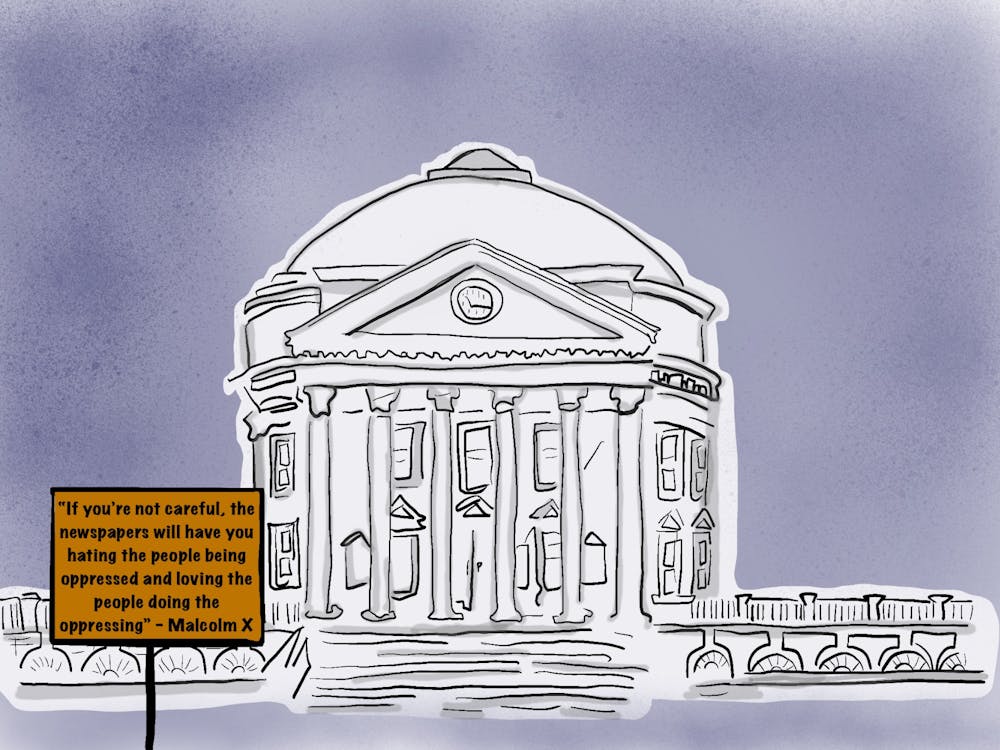With the looming presidential election, many Americans are trying to decide which candidate is best for the country. Among those candidates, we find former Secretary of State Hillary Clinton, who seems to have a good chance of winning the entire race. If she were to become our new commander-in-chief, then she would also be the first female U.S. president. This feat would follow another historic event: the election our first African-American president, Barack Obama. When Obama was elected, people said it was not only a great stride toward racial progress but also indicative of the end of racism in America. Considering such claims, a Clinton election would probably result in declarations about the end of sexism in America. In fact, some people may even say sexism is no longer a problem or is barely a problem today, but these individuals would be far from correct.
In the case of the gendered wage gap, many conservatives and liberals are at opposing sides. The right argues the root of the wage gap is women’s choice of occupation, suggesting women willingly choose to work lower-paying jobs. On the other hand, members of the left often present that gap as solely rooted in sexism. These claims, however, ignore the comprehensive research that demonstrates wage gaps are a result of gender-based discrimination, job choices and other factors.
For example, in “The U.S. Gender Pay Gap in the 1990s: Slowing Convergence,” Cornell University economists Francine Blau and Lawrence Kahn examine the effects different variables have on the wage gap between men and women. These variables include occupation, industry, union membership and, most importantly, human capital — the economic value of an employee’s skill set, knowledge and experience. When Blau and Kahn controlled for those variables, as conservatives would predict, the gender pay gap did shrink. However, the gap did not close entirely. Instead, the data from 1989 and 1998 showed women earned only 91 percent of men’s salaries. The gap is unaccounted for and leads the economists to conclude discrimination is at fault.
In another study, MIT sociologist Emilio J. Castilla found data consistent with Blau and Kahn’s conclusions. Castilla discovered women (along with ethnic minorities and foreign-born Americans) earned smaller raises in compensation relative to those of white men. Even when they had the same supervisors, jobs, human capital, performance score and worked in the same units, women still received smaller raises than white men. The unfortunate reality is that women must indeed be more diligent and obtain higher performance recognitions than white men to receive the same salary increases.
Now, though women do often choose their jobs, justifying the wage gap on account of supposed job preference is a bit disingenuous. It seems those who make this claim don’t question why women select certain fields or occupations. Instead, there seems to be this blind acceptance that women simply prefer certain jobs over others. The fact of the matter is we do not make decisions in a vacuum. That is, the decisions we make are influenced by social and cultural pressures, expectations, values and one’s social location.
So, why do women and men occupy certain fields? Centuries of societal conditioning have told women (and men) their roles in society. Studies show women often refrain from pursuing certain careers or jobs because they do not feel as competent as men. In fact, with the proliferation of stereotypical images about women, it is no surprise many women may unfortunately internalize those ideas. Social science research demonstrates that the proliferation of these images does negatively impact the way we interact with members of stereotyped groups. In order to combat these images and messages about women, we need to invest and vouch for opportunity programs that encourage women and young girls to pursue fields dominated by men (such as STEM, politics, law and business.) Unless we make huge investments in meticulously countering sexism in our everyday lives, it seems highly doubtful women will be free from sexism in the workplace and beyond.
While a Clinton (or Fiorina) election would symbolize a great step forward, it would most certainly neither indicate the death of sexism nor hint at its imminent demise. A postgender America will never be in reach as long as harmful images and attitudes about women are disseminated throughout our culture. I am skeptical about that ever happening. However, we should certainly work toward that goal, especially by encouraging women of all ages to pursue paths often designated for men. Though electing a woman president will surely be a great feat, its fruition will not mean that every woman will have the same opportunities as our potential female president.
Alexander Adames is an Opinion columnist for The Cavalier Daily. He can be reached at a.adames@cavalierdaily.com.




